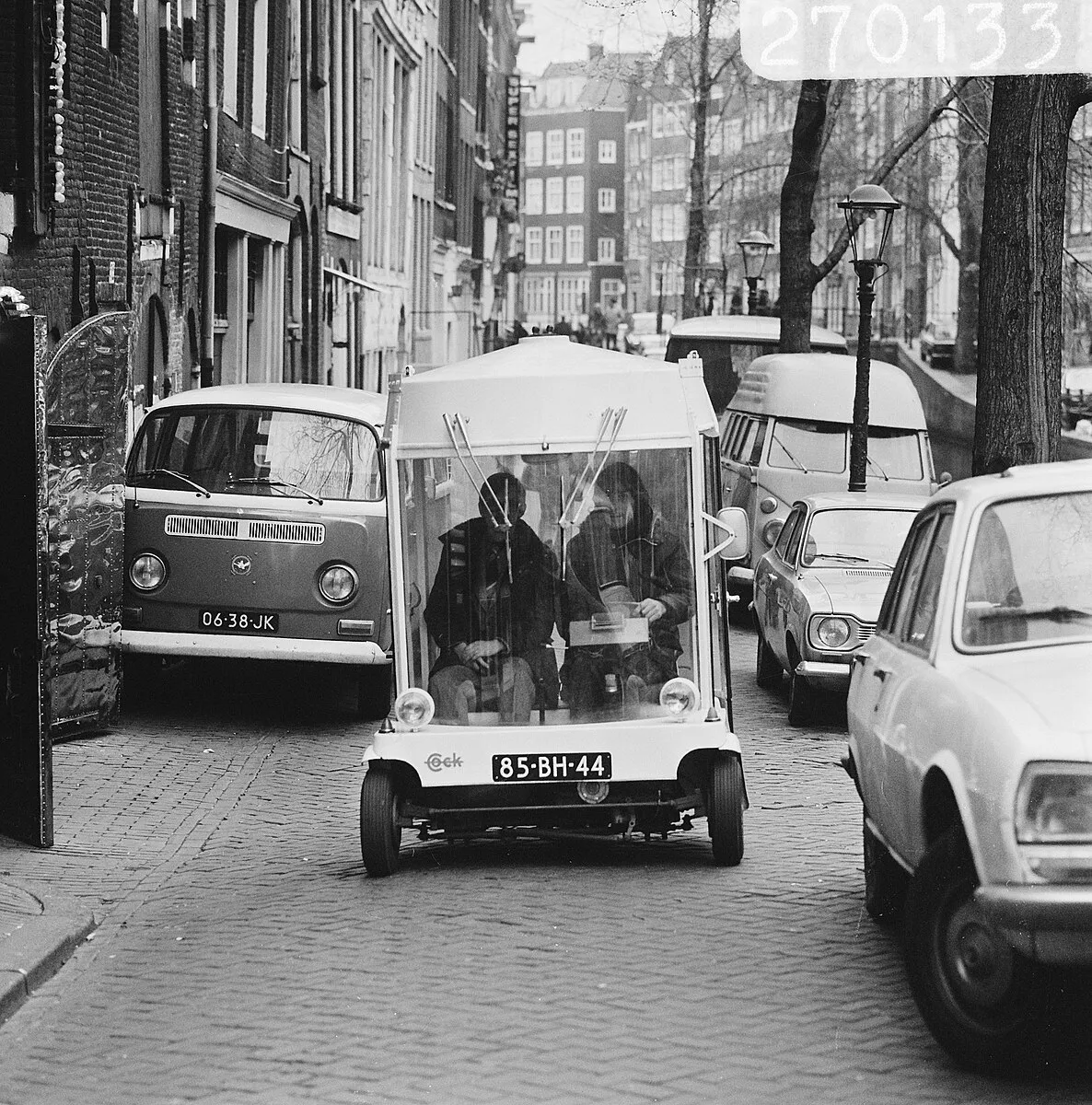The Moroccan city of Rabat is studying the creation of an integrated transport network, which would initially involve tram and bus systems. As part of the 2030 vision, the Agence Urbaine de Rabat is planning on putting in place an integrated transport system covering the Rabat-Salé agglomeration and Témara, with the addition of a metro network This would link up the future TGV stations of Rabat-Agdal and Technopolis in Témara, and Salé, as well as the planned urban area in Akrach and the Rabat-Salé airport.
March 23, 2012
Read time: 2 mins
The Moroccan city of Rabat is studying the creation of an integrated transport network, which would initially involve tram and bus systems. As part of the 2030 vision, the Agence Urbaine de Rabat is planning on putting in place an integrated transport system covering the Rabat-Salé agglomeration and Témara, with the addition of a metro network This would link up the future TGV stations of Rabat-Agdal and Technopolis in Témara, and Salé, as well as the planned urban area in Akrach and the Rabat-Salé airport.
Car park infrastructure will be improved to encourage potential users to continue their journey by public transport. Société du Tramway de Rabat-Salé (STRS) is planning to build two park and ride points in Salé and a third near the Madinat Al Irfane university campus in 2012. The city will benefit from French expertise through its collaboration with the Agence française de développement (AFD), the French development agency and Greater Lyon.
Car park infrastructure will be improved to encourage potential users to continue their journey by public transport. Société du Tramway de Rabat-Salé (STRS) is planning to build two park and ride points in Salé and a third near the Madinat Al Irfane university campus in 2012. The city will benefit from French expertise through its collaboration with the Agence française de développement (AFD), the French development agency and Greater Lyon.









